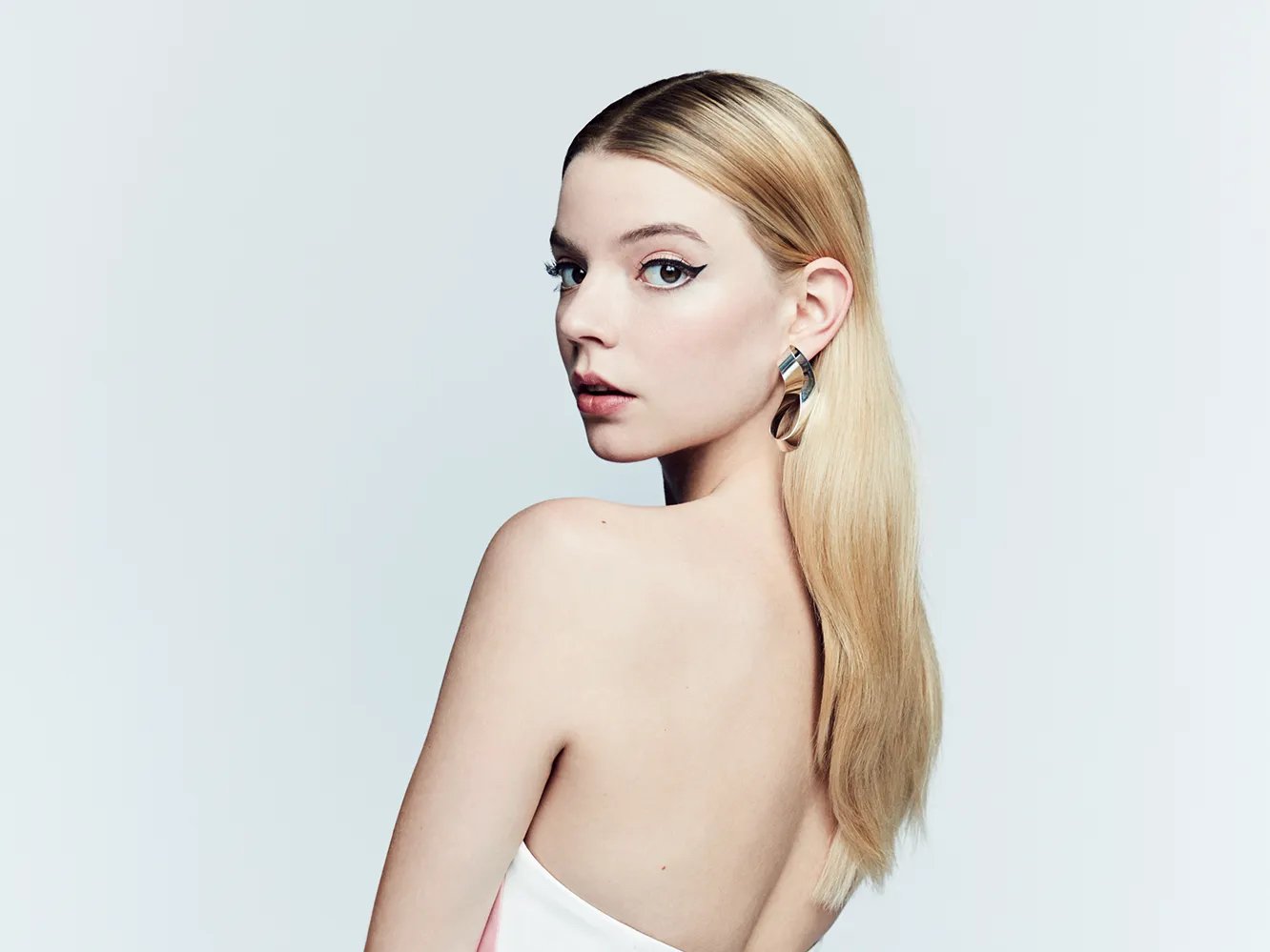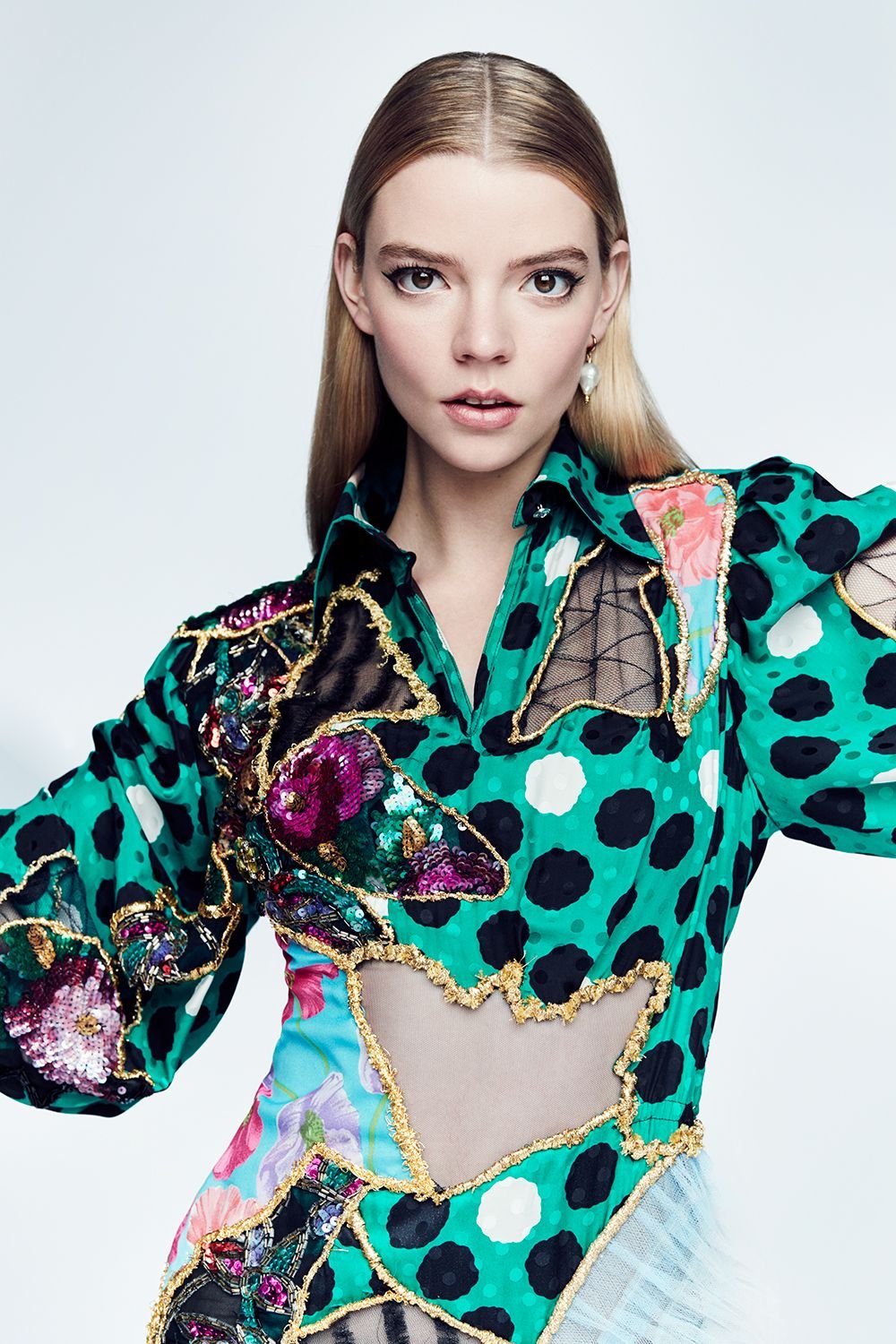Contrast Theory Can Change Your Life
You’ve Heard of Color Theory, But What About Contrast Theory?
Color Theory revolutionized the fashion industry when every day consumers discovered the power of finding shades to best suit their color palette.
Color Analysis sessions have become a popular resource for those trying to dress better for themselves. Many people have made careers over offering color analysis services. However, recently contrast theory has been peeking the interest of those deep into the technical side of fashion.
Contrast Theory has many layers, and has not yet gone viral. In order to follow the rules of contrast theory one must first understand where they lay on the spectrum.
You can either be: Low contrast, medium contrast, and high contrast.(for a better visual representation find the Jan. 2024 Issue).
For example, someone with blonde hair and fair skin would be considered low contrast. Like Anna Joy Taylor. Or on the other side of the scale, dark skin and dark hair would also be considered low contrast. Low contrast people have a similar depth to their skin, hair and eyes.
Working your way down the spectrum, the level of contrast between the hair and skin increases. For more examples, someone with medium contrast would have fair skin and an ashy brown or copper hair color, maybe green or hazel eyes. Medium Contrast is a very diverse spot on the spectrum and can branch in many different ways. Think of Blake Lively as an example for someone with medium contrast. She has darker, more olive-toned skin with lighter hair and dark eyes.
And lastly, you have high contrast. These people have an intense difference between their eyes, skin and hair color. Think someone with dark skin and platinum blonde hair, or vice versa, a person with light skin and black hair. Think of Anne Hathaway as someone who is high contrast.
Now that you can place yourself on the scale, it will be easier to visualize how to proceed.
The rules for this theory are pretty basic, someone with low contrast looks better in low contrast outfits. Think monochrome, or an outfit with little texture or pattern.
Someone with low contrast should avoid dramatic and busy outfits, because the clothing tends to outshine the person. When you place someone with low contrast, like Anna Joy Taylor, in a monochrome and simple outfit, her clothes compliment her features and don’t overpower her.
Moving onto medium contrast, these people look best in outfits that have similar shades, textures, with little pattern. Again, think of Blake Lively, she understands that busy patterns and dissimilar colors do not look good with her features. She also realizes when styling herself that completely monochrome outfits do not flatter her either, which is why she tends to avoid them. Outfits with the same color in different tones, or light layering of patterns and textures compliment someone with medium contrast well.
High contrast people look amazing in busy patterns, bright colors, with high contrast tones. Complimentary colors work well on this side of the spectrum, and materials with lots of detail and texture flatter high contrast people the most. Anne Hatheway looks great in this busy jumpsuit because she is high contrast, however someone with low contrast would be drowned out from the pattern.
Implementing Contrast Theory into your everyday wardrobe can help you elevate your look without having to purchase new items. Moving forward, think about how the colors you piece together compliment your features best.
Written by
Analyse Jester










